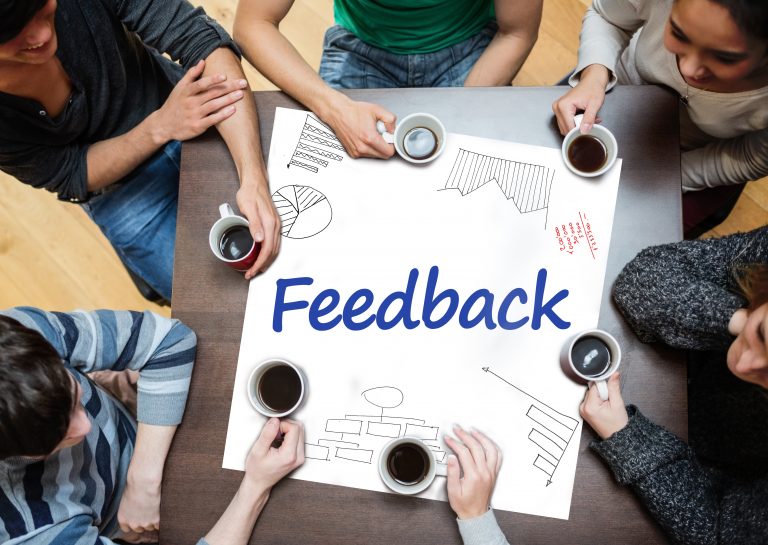“There can be infinite uses of the computer and of new technology [in training], but if the instructors themselves are not able to bring it to the learners and make it work, then it fails.”
U.S. Senator Nancy Kassebaum
Before the global pandemic of 2020-2021, many of us “physical” facilitators were occasionally called upon to deliver an online session on WebEx, and we relied heavily on the services of a WebEx Producer.
This seemingly unflappable person, worked behind the scenes, knowing all the right buttons to press, performing complex technical tasks, like moving participants into breakouts rooms (and back again!), synching video and music clips and capturing participant feedback, etc. All of which was and still is necessary, so that the facilitator could focus on the job and deliver the best online experience. The facilitator’s role is, and continues to be, to bring the content and material to life and engage participants in a way that is as close to a physical classroom experience as possible.
Since Spring 2020, we have been thrown headlong into using online tools such as Zoom, WebEx, Teams, Google Meet and more, and we have had to learn how to utilise the technology and independently manage the producer role.
We have learned that whilst the button pressing and participant ‘herding’ is not rocket science, it can take the facilitator focus away from their core competence of performance and engagement and can break flow and participant connection.
Another learning is that delivering a session solo is hard work! Not only do you have to keep your own energy, and that of the participants high, you have to parallel process the technical requirements.
Despite our best efforts, it is challenging to get participation from a group online, more so than in the classroom. Partly because of the lack of physiology changes. Generally, every 20-30 minutes in the classroom, we change the energy by facilitating activity that changes participant physiology. IE: We might request that they engage in a discussion with the person next to them or in a group activity or get involved in experiential activity. We also change our own physiology by moving to a different part of the room to speak, use a flipchart or whiteboard to illustrate points, move outside; this allows the participants to change their physical positioning. We do this because physiology movement creates small changes in energy and engagement. There are also important changes in participants’ physiology in the classroom that happen without facilitator intervention. One participant might turn to another and whisper “Yes, I have that leadership issue!” or turn their heads to look at another participant. Few of these interactions are available to us in the online world and so the need is to actively plan and include ways to maintain participant attention, energy and engagement.
One way is to have 2 facilitators so they can create a different energy by having two different people on camera – different styles, voice, facial expression, gender etc. More so than in the classroom, the two facilitators can bounce off each other and interact in the way similar to that of presenters on a breakfast TV show. All of this adds interest, engagement, dialogue and keeps participant attention.
An added bonus of having two facilitators is that between them they will generally have enough producing skills, so that whilst one is taking the lead on facilitating, the other can prepare the technical requirements i.e.: breakout rooms, set up activities or save whiteboards and so on. Another advantage of 2 facilitators is that if one loses broadband, the other can continue the session. Generally, each facilitator is located in a totally different town and it is highly unlikely that both facilitator’s broadband would go down simultaneously.
So, back to the question, “Do we facilitators need a producer?”. Well, “not necessarily”. However, we recommend 2 facilitators to ensure that webs are highly interactive, engaging, keep attention and enable an increase in learning and development.



